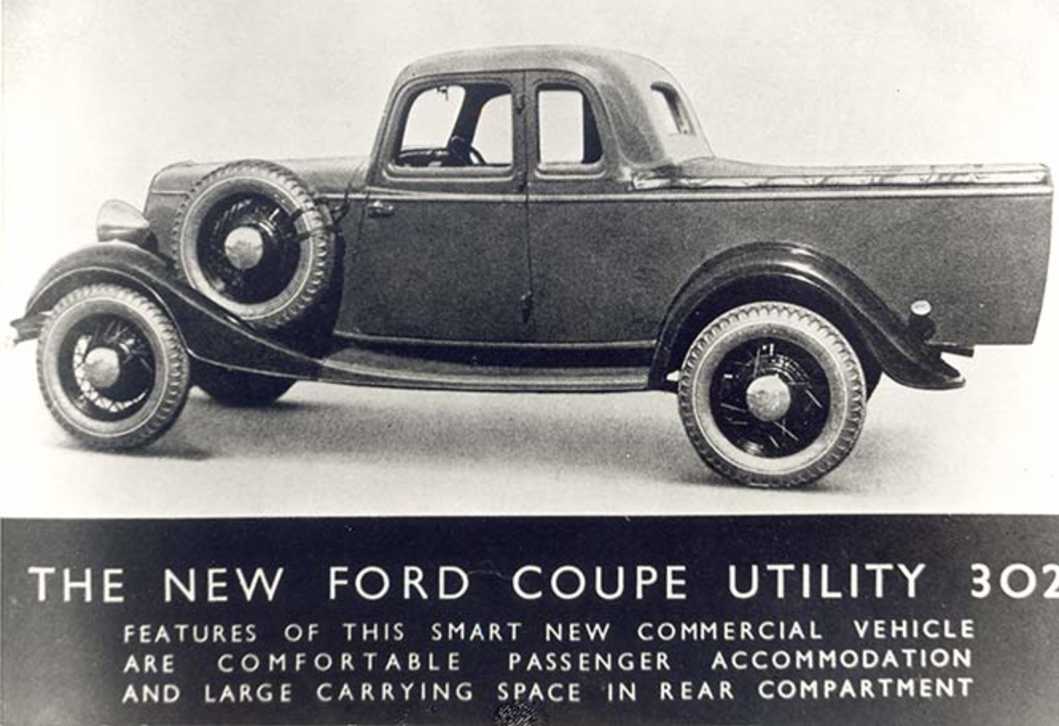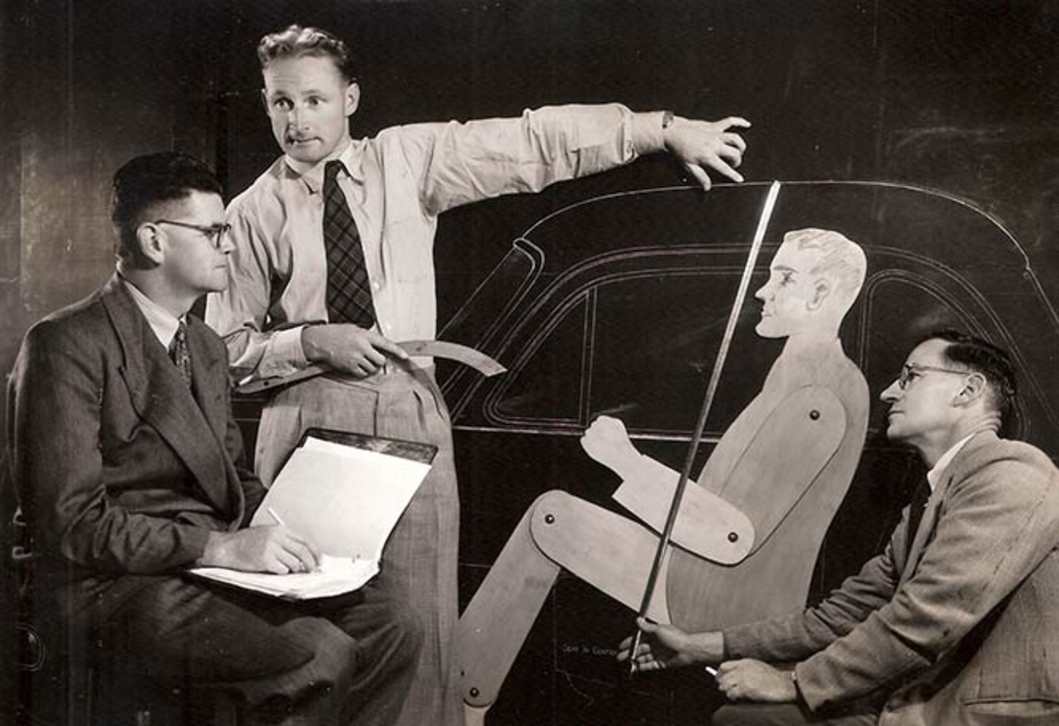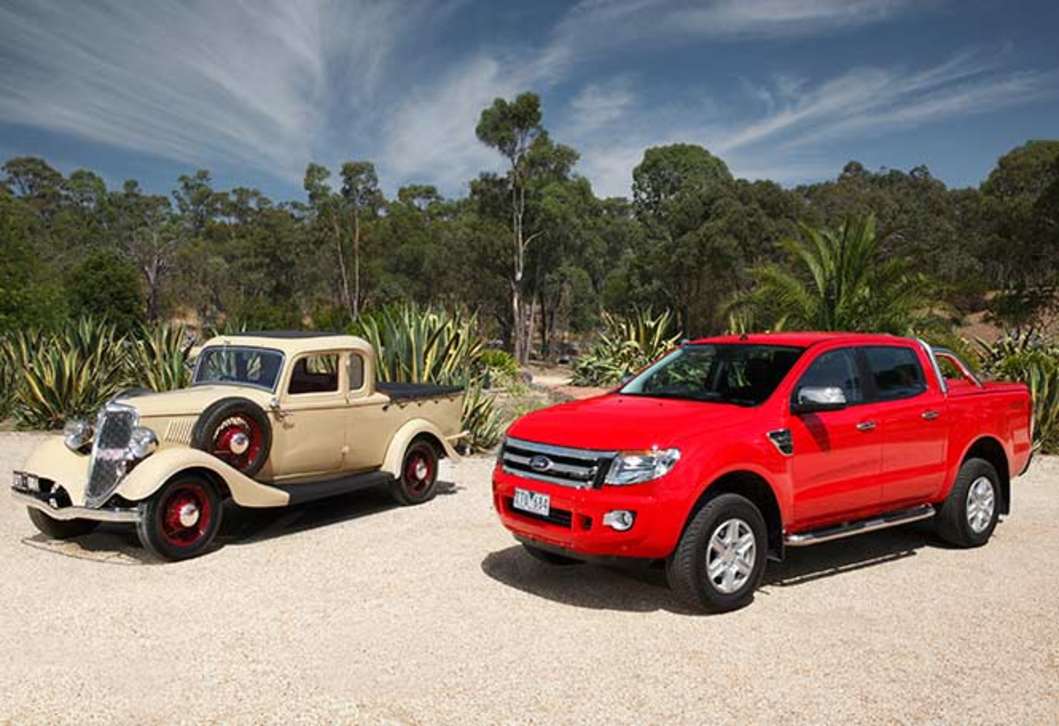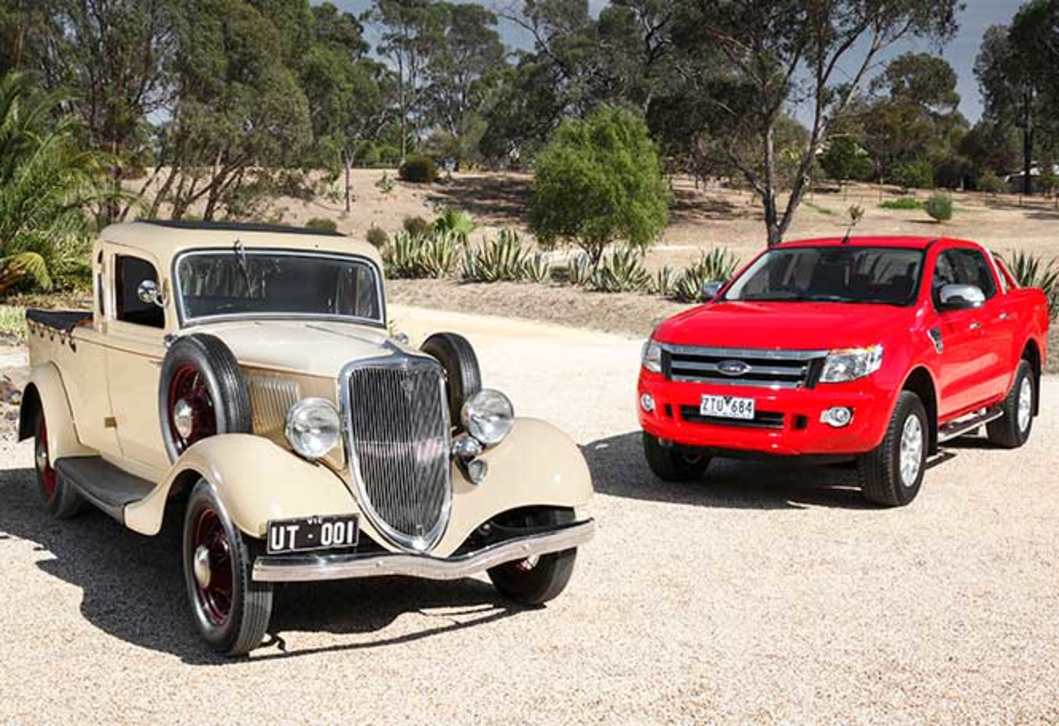Ford’s global HQ in Detroit will this year salute an Australian design that turned into a smash sales success for the brand – the first ute, which has developed into the vehicles that see the Blue Oval leading the segment around the world with nameplates such as Ranger and F-Series.
The body style was developed after a Victorian farmer’s wife wrote in 1933 to the then boss of Ford in Australia, Hubert French, famously asking for “a car and a truck but we need a car to go to church on Sunday and a truck to take the pigs to market on Monday”.
French put the challenge to Ford’s young design engineer, Lew Bandt, who devised a two-door cabin with a load-carrying tray at the rear, blending the tray sides into the coupe body – rather than the separated cabin and trayback truck commonly used until then. The rest, as they say, is history – 80 years of it.
Bandt’s first full-size sketches – on a 10-metre blackboard -- quickly became blueprints and then prototypes, and the ‘coupe utility’ went into production in 1934, with examples heading off to the US and Canada.
It became a popular vehicle style in Australia, with 22,000 sold between 1940 and 1954, and spawned generations of Falcon utes, which have sold more than 455,000 since the first XK rolled out in 1961. And the Australian influence continues. The Aussie designed and developed Ford Ranger is a strong seller in more than 180 markets around the world.
Lew Bandt’s original drawings are archived here in Australia, and one of the original coupe-utes is still on display in a Victorian museum. Its descendants have gone on to resounding global success, with Ford selling more than a million Ranger-based vehicles around the world in 2013, while the F-Series marked its 37th year running as the top-selling truck in the US. Ironically, Bandt died after an accident while he was at the wheel of a restored version of his coupe-utility in 1987.
This reporter is on Twitter: @KarlaPincott




-2.jpg)


.jpg)

.jpg)
.jpg)






















.jpg)
.jpg)

.jpg)
.jpg)










.jpg)

.jpg)
Comments